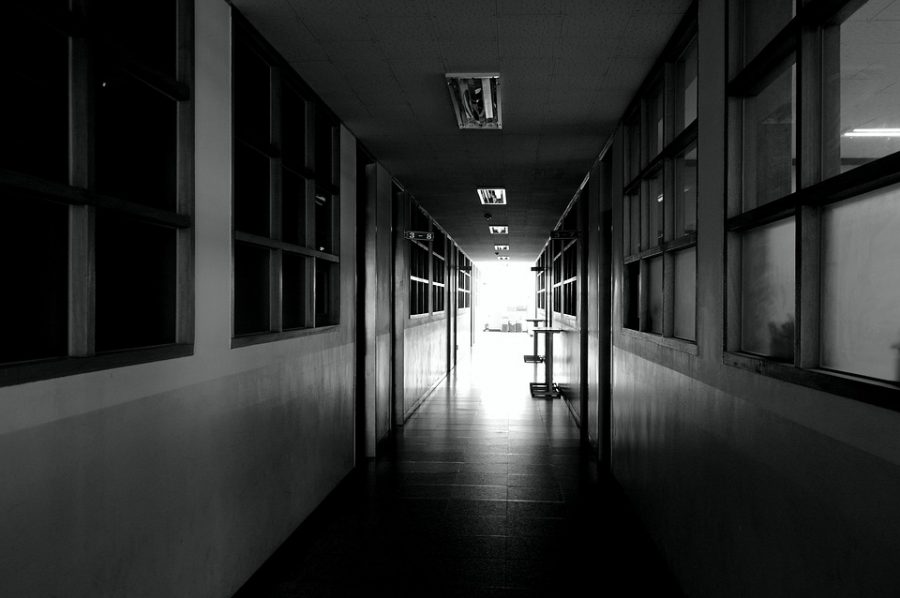Do You Know How to Act in an Emergency Situation?
In light of recent school shootings, do University of New Haven students know how to react in the case of an active shooter?
In 2013, a former student walked onto campus with an assault rifle, prompting a nearly five hour lockdown of the campus and other area schools. Students were stuck in classrooms, residence halls, and other areas.
In a survey of some 300 University of New Haven students, 50.5 percent of students felt they knew the proper precautions to take in the case of a school emergency. That is about half, which unfortunately does not seem like it’s not enough. If only half of us know what to do, clearly we need to be refreshed on proper procedure.
“There are different courses of actions for each incident that may present itself – but the national model is Run-Hide-Fight,” said Chief of Police Tracy Mooney. “For instance, the typical protocol would be to run away from any aggressor – leave the area (if you can do so safely) and once safe, call 911. If you think the attacker is nearby and you cannot run, you need to make a decision and hide. Barricade doors with any available classroom furniture, turn off the lights and silence your cell phones. If you cannot avoid the attacker, then get ready to fight aggressively with any instrument at your disposal.”
But what about when students are not in a classroom? Most of our lives are spent in classroom for only a few hours a day, and after that we are free to roam our campus. With locations such as the gym, the Vlock Center, dining halls, the library, and open spaces such as the quad and Kayo field, where are students to go, then? The answer: most of us don’t know. 77.5 percent of students said they did not where to go in the case of an emergency in the library and 77.7 percent did not know if they were in a dining hall. Our campus is more than just classrooms; so shouldn’t we be aware of how to reach in those situations as well?
Incoming students learn about the Run-Hide-Fight model. There is also a Campus Safety Month, where this reiterated and discussed in more detail. The campus police department has its own video. My Charger has a public safety tab, which policies and information on what do in emergencies as well. There are resources available to students, but could they be made more available to students?
One solution could be a student preparedness module, similar to the one incoming students take about alcohol awareness. If the module were engaging and interesting, students would be learning from the start of their college careers what to do in am emergency.
Another answer maybe having more discussions on campus safety other than during one month of the year would be beneficial to students. We are required to listen to the same lecture about how to look up resources in the library for our papers, but not from campus safety about what we are supposed to do if we feel unsafe.
Our campus is supposed to be our home and there is supposed to be place where we feel more secure. Education in the classroom is important but education about protecting ourselves, especially in the dangerous climate we are in, is more crucial.




